Use [CONTR + F] to search this page and pull down this scroll bar to see everything. 
|
Use [CONTR + F] to search this page and pull down this scroll bar to see everything.
|
Survey of Stop postmarks |
|
A stop stamp is a postmark that is placed by the staff of a postal coach, or if there is not one by the conductor, on mail that is handed over with a train or tram at a stop serving this train or tram. It is therefore different from a station stamp, because it is not placed on the train, but in a station post office. It is also different from a train stamp, which is a stamp that indicates the entire route instead of one stop on that route. In the Netherlands, postal transport by train started relatively late: in 1844 the train transported parcels for the first time, in 1855 the first mobile post office was put into use. During the journey of the train, the mail delivered was sorted in this moving post office. It was also possible for the public to deliver mail directly on the train. That mail then received a special train stamp on the train. In the following years, the number of driving post offices was expanded and it also became possible to deliver mail with a 'regular' train. Then the conductor took care of the letter. In the end, the Dutch public was able to deliver mail with all trains and a number of interlocal trams. In addition to the public, auxiliary post offices in the vicinity of a railway or tram line also delivered their mail directly by train or tram. From 1857, the postal officials on the train, or the conductor, had to put a stop stamp on every letter that went on the train at a certain stop. It consisted of the name of the stop in capital letters with a rectangular frame around it. The officer responsible for the post carried a separate stop stamp for each stop of the train. The stop stamp had to be placed next to the stamp; the stamp itself had to be validated with the train stamp for the route on which the train was traveling. That stamp had a date. The stop stamp served to record exactly where the postal item had been placed on the train, and until 1871 also to determine the correct letter postage. Until that year, the letter postage depended on the distance travelled by the postal item. Below you find a number of examples of stop postmarks. |
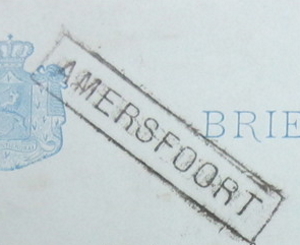
|

|
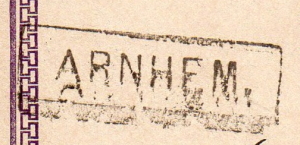
|
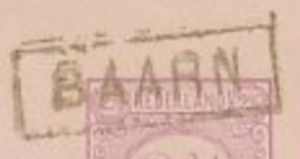
|

|

|
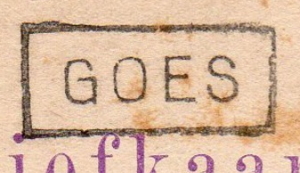
|
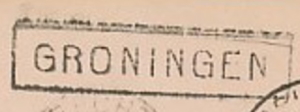
|
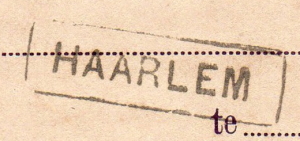
|
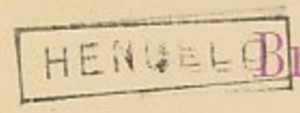
|
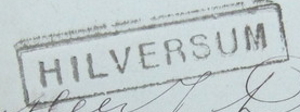
|
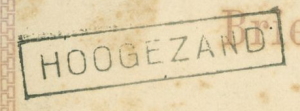
|
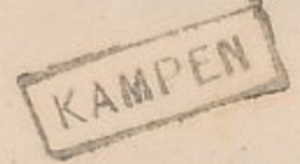
|

|
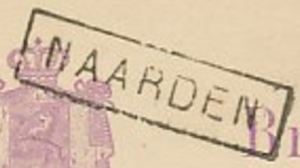
|
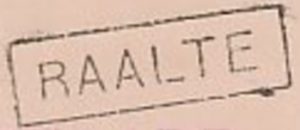
|
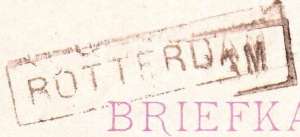
|
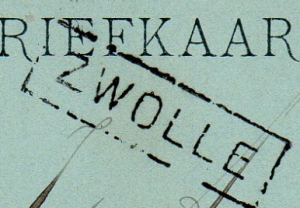
|